Singapore IN FOCUS: Untangling Singapore-Malaysia food fights - what's it got to do with identity and pride?
IN FOCUS: Untangling Singapore-Malaysia food fights - what's it got to do with identity and pride?
Did laksa come from Katong or Penang; Siglap or Sarawak? Maybe that’s not the right question, as CNA's Chew Hui Min finds out.
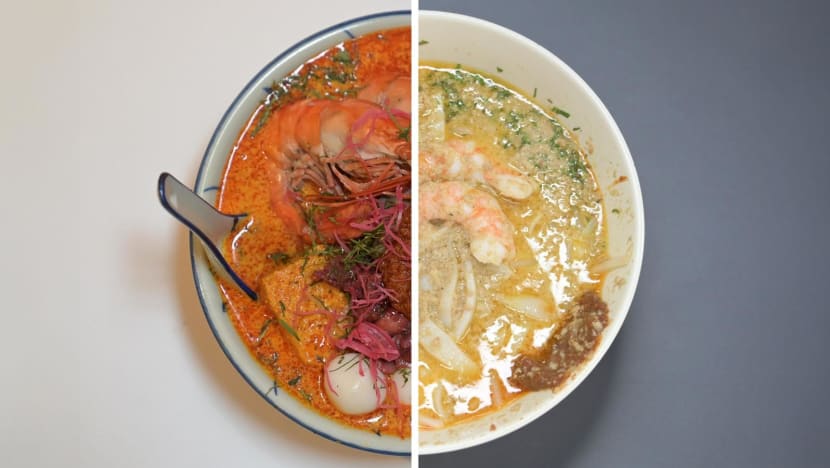
On the left is a bowl of laksa from Donald & Lily @ The Bendahari market in Melaka, Malaysia, and on the right, Janggut laksa in Paya Lebar, Singapore. (Photos: CNA/Zamzahuri Abas and Raydza Rahman)
SINGAPORE/MELAKA: Shrimp, cockles and thick beehoon swim in each scoop of creamy broth. It’s lunchtime at 328 Katong Laksa and the popular Singapore joint is packed.
As diners slurp their last mouthfuls of the spicy noodle dish and stand to leave, I take the chance to ask if they know where laksa comes from. Malaysia? Singapore? Most are uncertain.
And when asked to list different kinds of laksa, the most valiant attempt yields three: Nyonya, Penang assam and Sarawak.
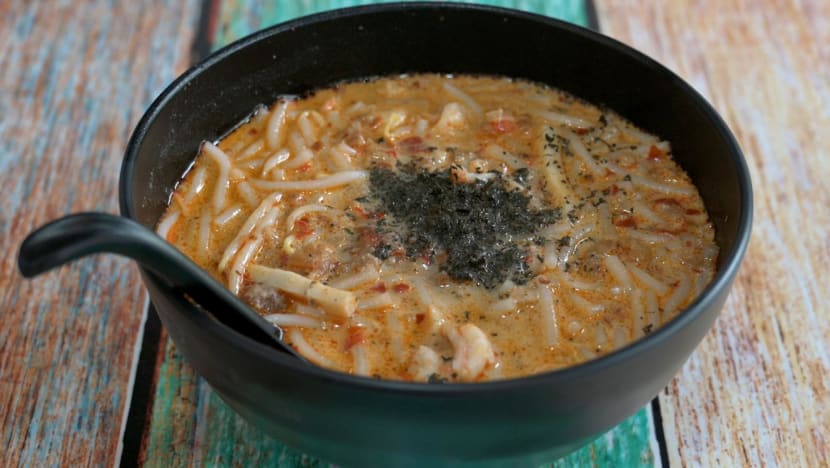
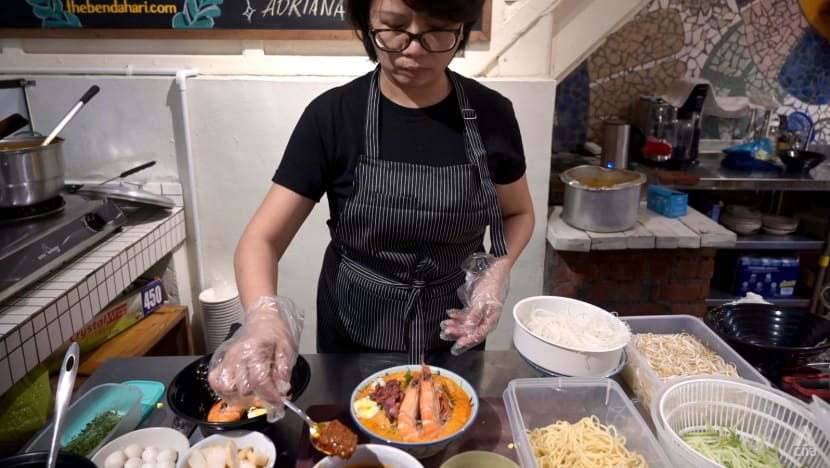
Across the Causeway in Malaysia's Melaka state, the Nyonya laksa at Donald & Lily restaurant is more "lemak" - that is, rich and coconut milk-creamy - and the gravy clings to a mix of yellow noodles and thin beehoon.
Meanwhile, assam laksa, sold in coffee shops along the historic Jonker Walk in Melaka's Chinatown area, hits sharper; sour with the tang of tamarind and umami savouriness of ground fish.
Malaysians I speak to aren't sure where laksa comes from either. But they’re much more aware that different parts of the country have their own versions.
Which is the best? There’s no common answer but a common thread - the one that they grew up with, of course.
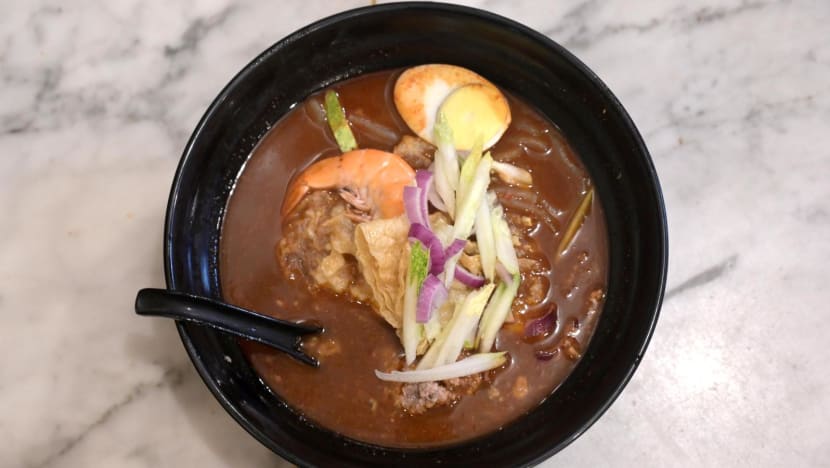
When asked about laksa in Singapore, some Malaysians draw a blank. “Is it like curry mee?”
And when asked if Singapore or Malaysia laksa is better, they laugh. “Do you want to start a fight?”
When it comes to food, lines between Singapore and Malaysia are often blurred and sometimes battled over.

This was far from the first culinary clash between the neighbours.
When CNN included cendol in a 2018 list of 50 best desserts in the world - and said it was Singaporean - some Malaysians lost their cool.
When Singapore applied that year to have its hawker culture inscribed by the United Nations as intangible cultural heritage, there were those in Malaysia who objected on the grounds that theirs was more deserving.
And when McDonald’s dedicated the nasi lemak burger to Singapore for its National Day in 2017, Malaysians scoffed and said it was their national dish.
Further back in 2010, a former tourism minister stir-fried a storm in a wok when she laid Malaysia's claim to various dishes including laksa, nasi lemak and bak kut teh, drawing the ire of some foodies in Singapore.
With each episode came reams of articles and hours of videos asking the question: Is (insert food) from Singapore or Malaysia?
As it turns out, the origins of most local food in Singapore and Malaysia are harder to untangle than cold vermicelli - and one dish with particularly complicated roots is laksa.

It's humble hawker fare in these parts, yet the point of obsession for an Australian city - Darwin - which hosts an International Laksa Festival in October.
It's also been hailed by the late celebrity chef Anthony Bourdain as "breakfast of the gods".
More specifically, he was referring to the Sarawak variant - just one of several, perhaps countless, renditions of laksa throughout Southeast Asia. One thing they all have in common? The ability to light a fire in our bellies.
“EVERY BOWL HAS A STORY”
In Singapore, the oft-repeated origin story of laksa is this: That the coupling of Chinese noodles and broth infused with Southeast Asian spices came from the 15th-century mixed marriages of traders from China and local women - which gave rise to Peranakan culture in the Straits Settlements of Singapore, Melaka and Penang.
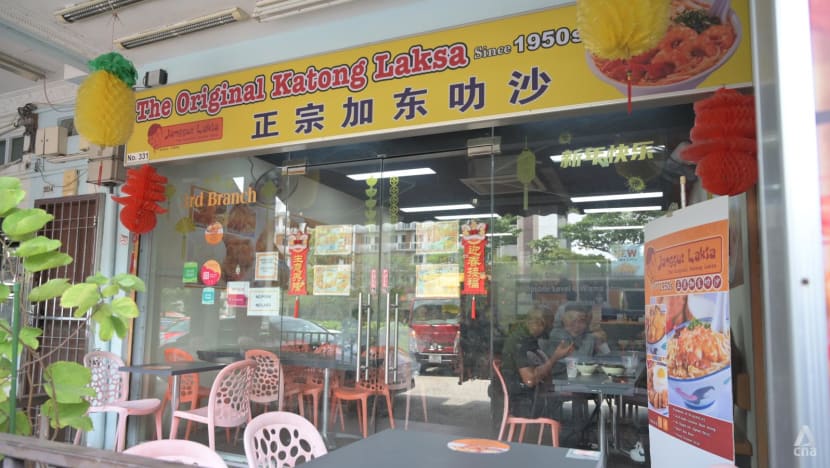
It was in Singapore's eastern Katong area circa the 1940s when Mr Ng Juat Swee started peddling bowls of spicy, coconut milk-fused broth and noodles snipped short so they’d be easy to eat.
He had a nickname of "janggut", or beard in Malay, as he had hair growing out of a mole under his chin.
Mr Ng had married a Peranakan lady, but his wife did not cook. They did have gatherings with Peranakan friends and neighbours, and he learnt how to make laksa from one of them.
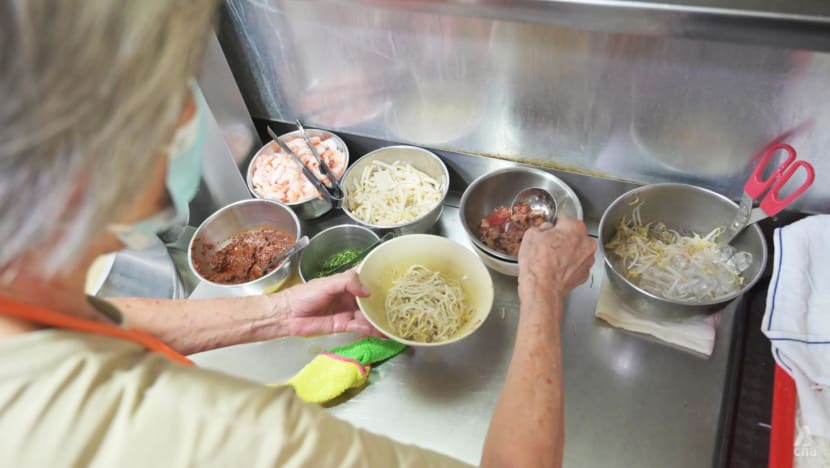

Beyond that, there are scant details of Mr Ng's laksa’s origins.
But it is undoubtedly Singapore's most famous laksa - popularly known as just "Katong laksa", a generic name that sparked heated disputes in the 1990s, with multiple stalls claiming to sell the bona fide version.
To cut a long story short, the Janggut Laksa brand is the “original” Katong laksa, or at least the first to start out in that area.
Mr Ng’s recipe and business has since passed on to family friends Mdm Tong Siew Suan and her daughters, who now run Janggut Laksa at four locations in Singapore.

The Donald & Lily in Melaka, meanwhile, started out as a couple manning a pushcart on Heeren Street, said Ms Jennifer Tan, who took over her parents' business.
Her mother, the eponymous Lily, remembers working in a kitchen from a young age, and adapting a laksa recipe and making it hers. But that’s where the trail runs cold again.
As we discussed the complexity of tracing the roots of local food, Ms Tan mused: “Every bowl of laksa has a story, and that, for me, is what authentic is.”
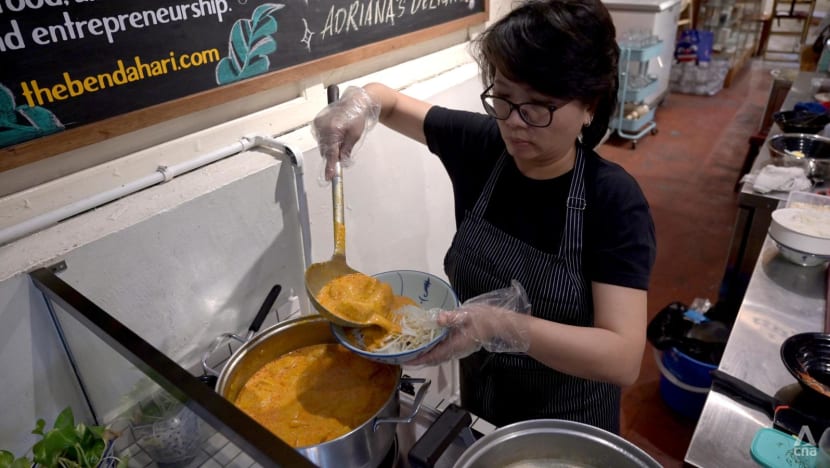

Googling recipes for "Singapore laksa" and "Nyonya laksa" bring up largely the same results in ingredients and steps.
But is "Singapore laksa" just Katong laksa?
In The Food of Singapore Malays, a book written by historian Khir Johari, lies a recipe for a "Laksa Singapura" which uses ground fish pulp instead of prawns.
Instead of candlenut, there is coconut cream and kerisik, or toasted grated coconut. There’s also dried shrimp and ikan bilis in the spice paste.
It's like a fish ragu, said Mr Khir, drawing an analogy to Italian meat sauces.
Today, this fish-based, less spicy laksa can still be found at Geylang Serai Market as laksa Siglap, named after the area where it was once sold by many hawkers.
Mr Khir explained that laksa Siglap comes from the Johor-Riau sphere of influence which Singapore was historically a part of - and pre-dates the better-known Katong laksa.
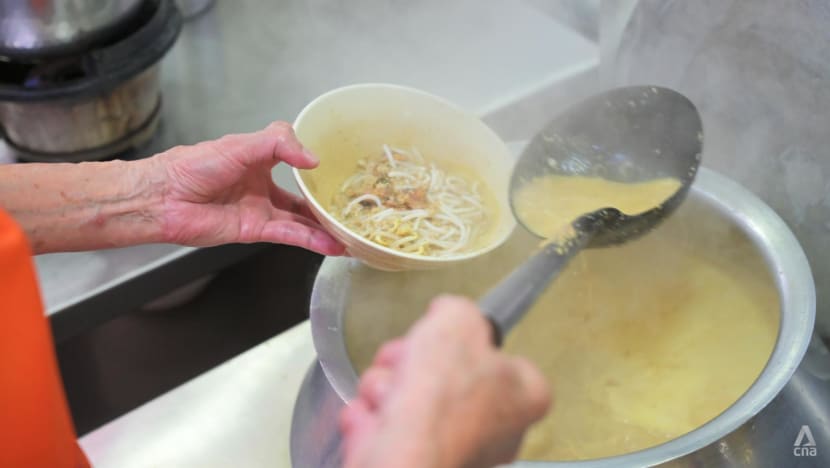
A THOUSAND-YEAR-OLD DISH?
A more forensic look at laksa reveals, via Mr Khir's book, that the word itself could be a Persian conception.
A recipe for “lakhsha” can be found in a 10th-century Arab cookbook written in Baghdad - though it is not the dish we know as laksa today.
Mr Khir pointed out that in those times, laksa simply meant noodles.
“We have nasi lemak, we have nasi biryani, we have nasi kebuli ... They're all rice dishes, but they're all distinct dishes,” he said. “Likewise with laksa … they have the same raw ingredient - the staple that is the noodle, but they are distinct.”
Whatever laksa’s antecedent was, when it came to this part of the world, it was pepped up with spices, seafood and coconut milk to form its many modern versions, said Dr Shahrim Karim, an authority on Malaysian food heritage.
The Universiti Putra Malaysia professor added that laksa is known by several other monikers and can be found in every country in Southeast Asia. He went on to name and describe over a dozen different kinds from Malaysia and Indonesia alone.
And even though we say "modern", these interpretations were created possibly as far back as the 11th century, when maritime empires still held sway in the region, said Dr Shahrim.
That is, before the current borders of nations were drawn.
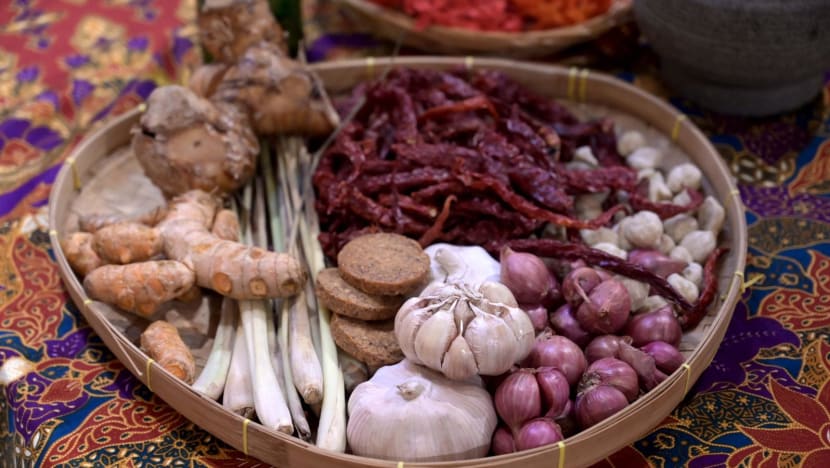
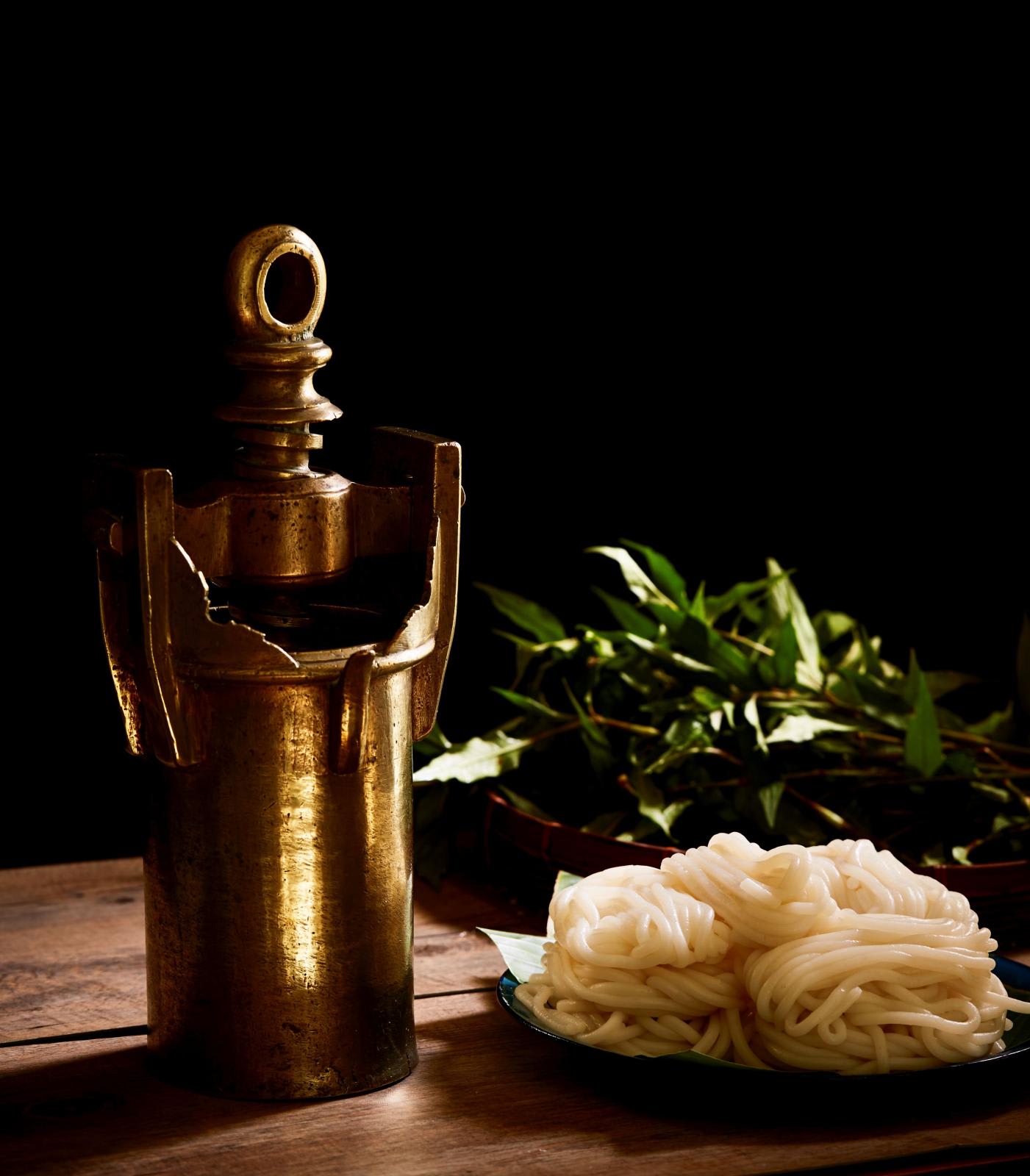
So some clues to laksa's convoluted past have endured - in its etymology, in kitchen tools like laksa chap or a press once used to handmake noodles, and in trade records detailing the flow of ingredients from one port to another.
Yet these historical dots are so far apart that any attempt to join them into a convenient narrative would still require filling in expanses of space with assumptions and leaps of logic - like the proverbial blind men feeling an elephant.
Even the experts I consulted had differing strands of laksa lore - though they ultimately agreed on the dish being a local, Southeast Asian creation.
Dr Ong Jin Teong, who has written books on Penang and Nyonya heritage food, described laksa as fundamentally a confluence of cultures.
“All food is fusion food. Food from neighbouring countries, regions or communities will influence the evolution of food over time,” he said.
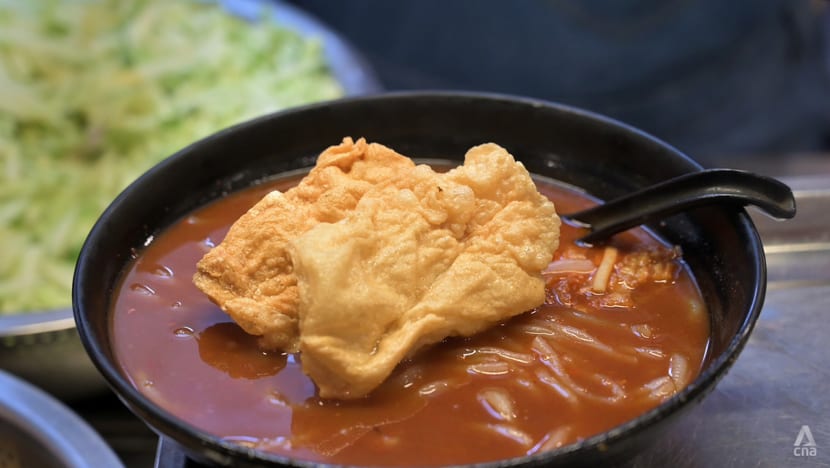
What then to make of the ostensible, admittedly media-hyped separation and schism between Singapore and Malaysia it comes to food?
The truth is that food transcends all boundaries, Mr Khir emphasised.
“We are at a point now (where) we are more enlightened ... Some of these dishes have really been around before the existence of various geopolitical entities,” he said.
“The whole idea of making claims and nationalising food is a pretty silly thing, and rather futile.”
WHAT FOOD DEFINES AND SYMBOLISES
Yet what Tai said about Singapore pilfering Malaysian food still stung - but perhaps also due to the context of his jibes, which included claims that the island nation's attractions were all “man-made”.
At the same time, the Malaysian seemed annoyed as he recounted how recommending local cuisine to friends would prompt questions like “isn’t that from Singapore?”
And the Taiwanese host said: “Many people can’t tell Singapore and Malaysia apart, there are some food we think is from Singapore, but others say, no, it’s from Malaysia - you can’t tell.”
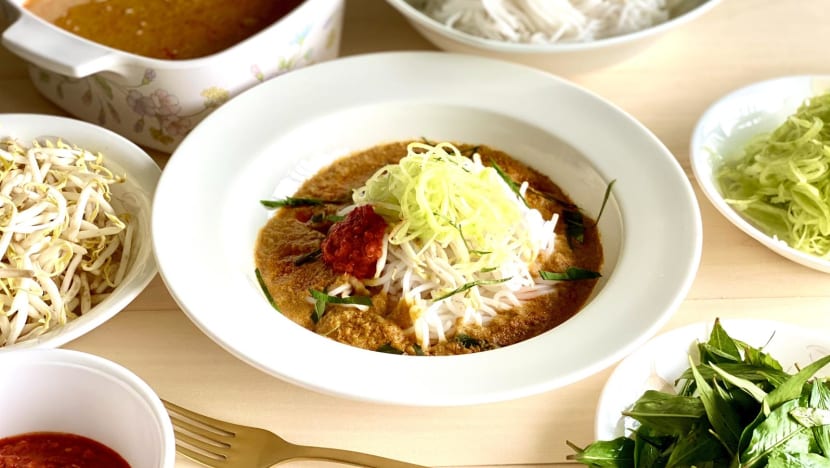
Many a Singaporean or Malaysian will readily admit that food is often on their minds and close to their hearts. But what fuels an apparent reflex to just as quickly stake national claim to a dish - as if it were one's own possession?
Food can be used to form a nation’s identity, connecting its citizens, said Dr Keri Matwick, a linguist who studies food and language.
“National cuisines rely on concepts of authenticity and tradition, which determine what is considered typical or unique," the senior lecturer at Nanyang Technological University explained.
"At the same time, food can be used to define borders - especially important for neighbouring countries like Singapore and Malaysia.
“The value of a dish like laksa, chilli crab, nasi lemak or pad thai as a national symbol comes from its daily consumption among the locals."
Food can define us; trigger nostalgia; and evoke memories of people, places and events, she added.
Some dishes, too, can come to represent times of grief and times of celebration.
Simply put, our emotions are intimately linked to food - which is why we miss and dream about local fare when we're abroad. That laksa or nasi lemak really does taste like home.
With Singapore and Malaysia, “home” is also a more intricate proposition to those who lived through separation in 1965. For large swathes of either society, elements of familial ties, economies, culture, history and yes, cuisine, remain impossible to separate.
Either way, it is this blend of national and personal meaning in food which evokes strong feelings: From patriotism when a beloved local dish is recognised in a global "best of" list, to ire when you read on and find the accolade - and possibly tourism dollars - going to another country.
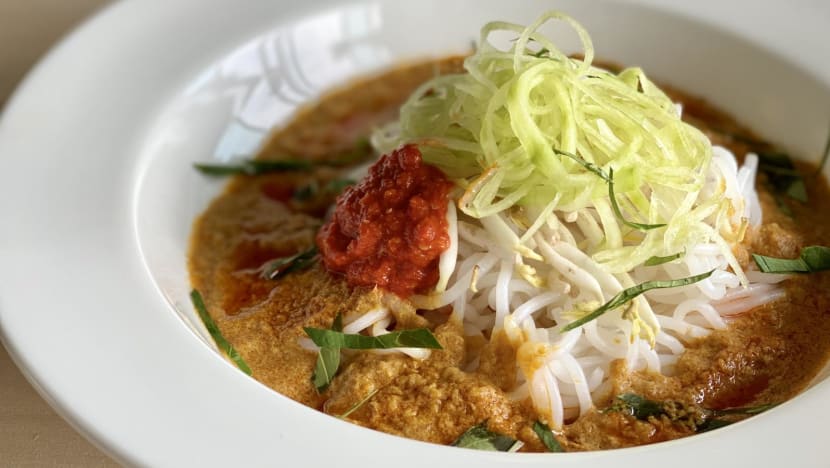
"THE GREAT STOMACH"
Food rivalries, and the stream of public sentiments and "misconceptions" that accompany each episode, are part of the reason Dr Ong writes about food.
"Unfortunately, most of the people who made the comments, including the politicians, don’t know much about their local food, or the origins," he said.
"We should all get together and promote our ASEAN dishes and talk about our local variations, similarities and differences."
Across the Johor strait, Mr Ronald Gan, president of the Melaka Peranakan Association, is in the midst of the Wangkang - an 11-day ceremony recognised by the UN as intangible cultural heritage.
At the end of it, a Wangkang or deity's barge is consumed by fire, giving deliverance to wandering souls on board the boat.
In his role, Mr Gan works with groups in China's Xiamen city to preserve the traditions of the ritual. He believes a similarly collaborative approach is necessary for something as culturally significant as food.


"It's high time that we build more bridges rather than erecting walls," says Mr Gan.
"Food is something that we celebrate ... whatever we eat, Singapore eats, wherever Singapore eats, we eat."
He points to how Brunei, Malaysia, Singapore and Thailand had jointly nominated the kebaya garment to UNESCO as intangible cultural heritage.
"Why should we fight over food? … Let's sit down (and) start discussing to bring whatever food that we fight over as a shared heritage," Mr Gan enthuses.
“It should not belong to Singapore neither should it belong to Malaysia ... Laksa, or whatever food, should belong to the stomach - the great stomach of the people of all nations."


